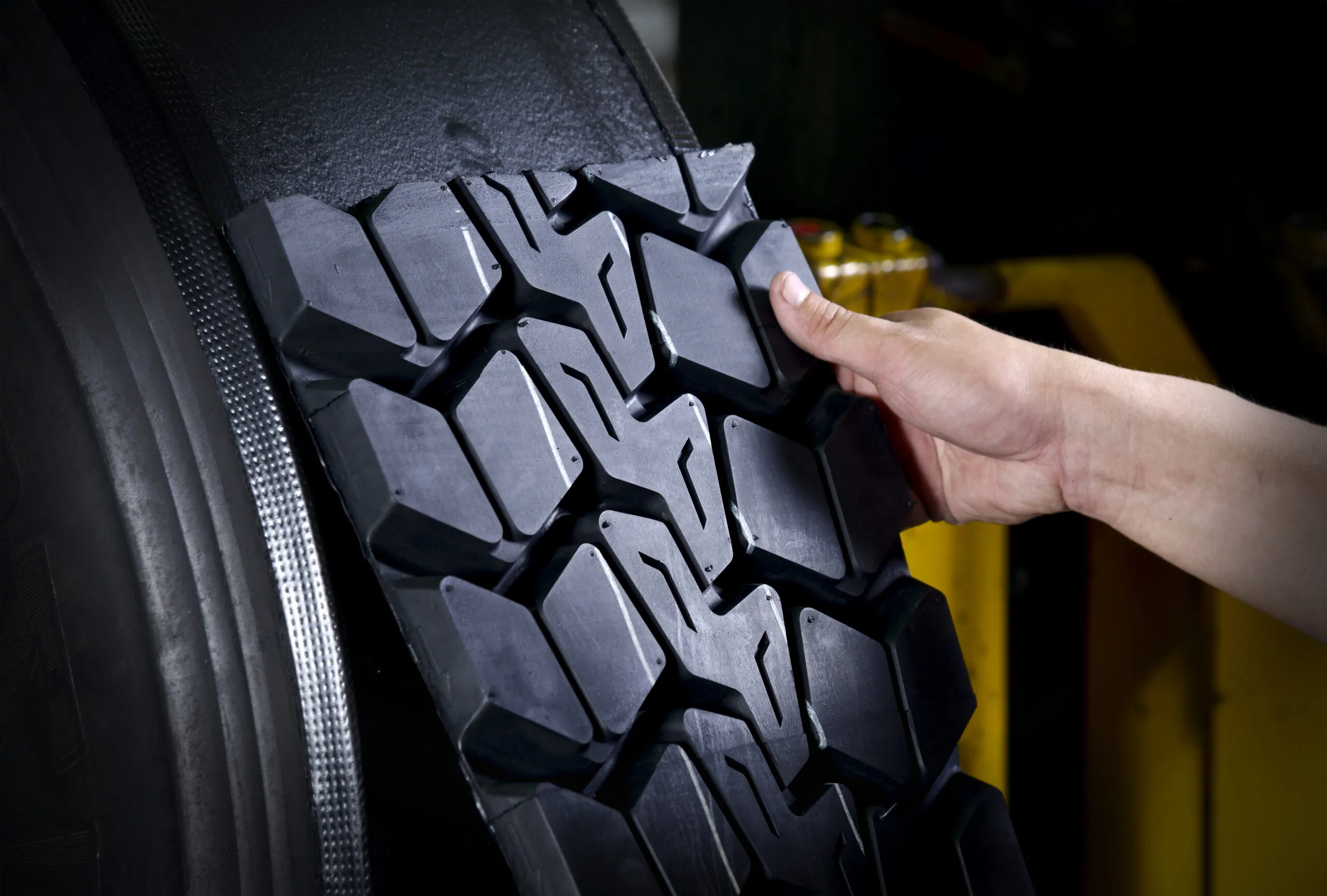Following the updated guidance from the European Commission on its EUDR regulations, the ETRMA has responded to the public consultation on amending Annex I by urging the Commission to incorporate the clarifications from its FAQ document directly into the legally binding text.
In its response, the ETRMA said, “While the latest FAQ and the Draft Delegated Act brought useful technical clarifications, ETRMA made suggestions for them to become more explicit and legally binding, particularly with regard to retreaded tyres.”
EUDR Recap: Tyre Casings Excluded in EU FAQ Document
Let’s go back to square one for a quick refresher. Or a square after one in the case of the implementation of EUDR.
For those not familiar with the FAQ document, on April the 15th the European Commission issued updated guidance on the application of its EUDR regulations which are due to be enforced from December 30th, 2025. In the case of the tyre retreading industry, the European Commission confirmed that casings are now outside of the scope of the regulations, whereas retreads are only in the scope of the regulations for “new rubber parts” such as tread rubber.
The clarification, which was published as a part of the previously mentioned FAQ document, reads as follows:
2.8.1 Are tyre casings or carcasses of retreaded tyres subject to the Regulation? (NEW)
In a draft Delegated Act put forward by the Commission, it is proposed that used tyre casings and carcasses (generally used for retreading tyres) are out of the scope of the Regulation, whereas retreaded tyres are in the scope only for the new natural rubber parts, such as the tread, applied to the carcasses and casings.
Now let’s look at the ETRMA response.
ETRMA Outlines its Concerns on FAQs and Delegated Act Text
It is important to note from the outset that the ETRMA has explicitly stated that the FAQs do offer helpful clarification and clearly welcomes this development. Despite that, the ETRMA emphasised in its public response that the FAQs are not legally binding and, in their view, the Delegated Act does not explicitly codify the exclusion of the casing component of retreaded tyres, which the FAQs alone currently clarify.
An excerpt from page 1 states the following, “Furthermore, the text of the Delegated act, without the FAQs, does not in any way exclude the carcass of a retreaded tyre from the scope of the Regulation.”
This is substantiated further on page 4, “Indeed, whilst the text of the FAQs is very clear regarding the exclusion of the carcass of retreaded tyres from the scope, this is not the case for the text of the delegated act, which remains ambiguous. Furthermore, with the text of the FAQs not being legally binding, issues may arise in time.”
This language implies that the ETRMA are concerned about the potential for this to cause further obstacles down the line such as challenges in court and a lack of enforcement.

ETRMA Propose Two Recommendations to EU Commission
In its proposal, the ETRMA outlined two options to clarify the legal status of retreaded tyres and casings under the pending EUDR implementation.
Option 1, which is the associations’ preferred solution, proposes amending the HS Code which would essentially result in excluding retreaded and used tyres from the regulation and shifting the burden onto the tyre treads themselves, thus relieving retreaders of the administrative headache, but also focusing the regulation on the deforestation risk that was identified in the FAQ document, i.e. the tread rubber.
If option 1 is not adopted, the ETRMA has suggested that “transposing the legal text would be an improvement in terms of legal certainty.” As we have already highlighted in this piece, this action would at least provide the industry with the legal certainty that casings are outside of the scope of EUDR and binds the FAQ clarification into law. However, the association underlined that this would still cause complications throughout the industry with retreaders both small and large still being burdened with different levels of DDS compliance and the competent authorities tasked with tracing the tread material from its use in a retreaded tyre back to its origin rather than simply regulating the tread rubber.
In the document the ETRMA stated, “As a result, ETRMA recommends the first solution described in this paper. This second option, whilst resolving the issue of the used part of a retreaded tyre and giving legal certainty, holds an unjustified level of complication for both industry and competent authorities.”
So where does this leave us? If no further changes are made to the regulation, the industry will effectively operate under an Option 2 framework. This means continued due diligence workload for retreaders of all sizes, and ongoing legal uncertainty due to the non-binding nature of the FAQs and the ambiguous language of the Delegated Act—potentially leading to inconsistent enforcement across EU Member States.
Readers can access the ETRMA’s response here and the European Commission’s proposed amendments here.







